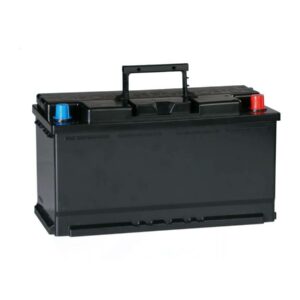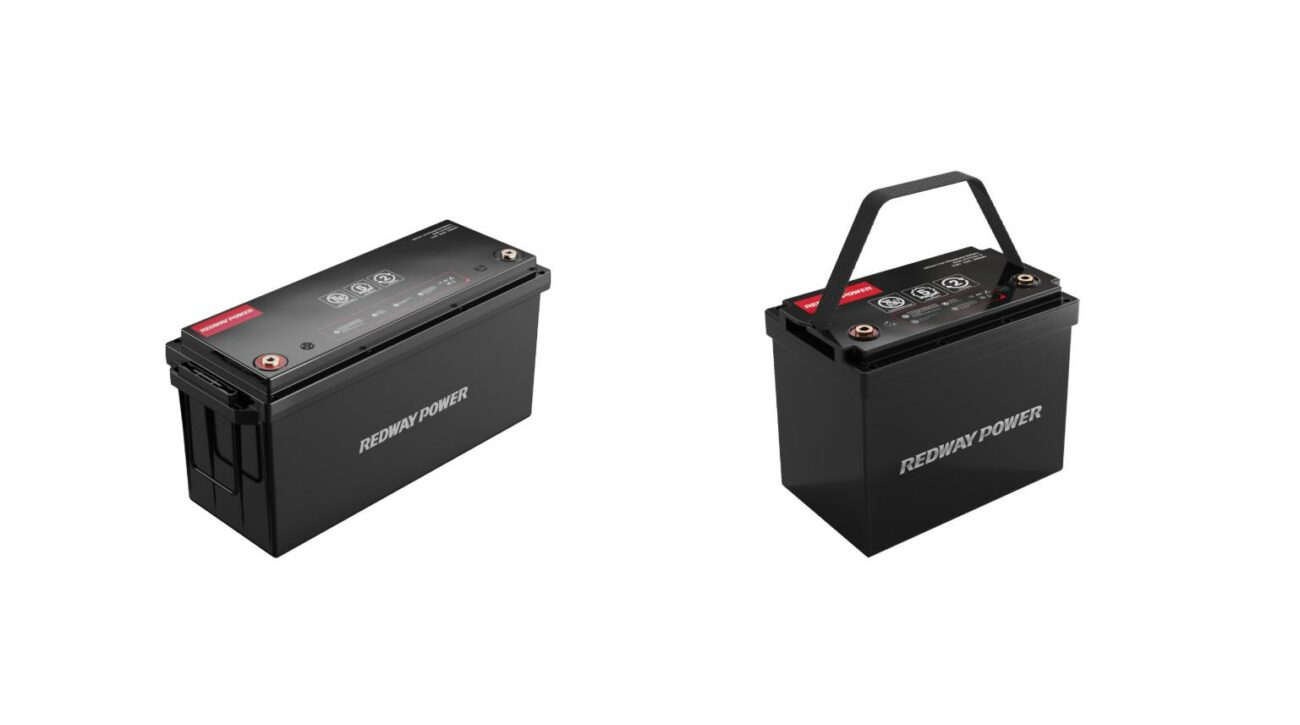What Makes the 1300A CCA LiFePO4 Deep Cycle Starting Battery Unique?
The 1300A CCA LiFePO4 deep cycle starting battery combines high cold-cranking amps (CCA) with lithium iron phosphate (LiFePO4) chemistry, enabling dual-purpose use for engine starting and deep cycling. It delivers 1300A of instant power for cold starts, supports long-term energy storage for auxiliary systems, and offers 4x longer lifespan than lead-acid batteries in extreme temperatures (-20°C to 60°C).
12V 60Ah LiFePO4 Car Starting Battery CCA 600A
How Does LiFePO4 Chemistry Enhance Battery Performance?
LiFePO4 batteries utilize stable phosphate-ion bonds that prevent thermal runaway, enabling 2,000-5,000 charge cycles versus 500 in lead-acid. The crystalline structure maintains 80% capacity after 3,000 cycles, with 1/3 the weight of equivalent AGM batteries. Built-in battery management systems (BMS) regulate cell balancing within ±25mV, preventing over-discharge below 10V and enabling simultaneous 200A discharge/charge currents.

What Are the Key Specifications of 1300A CCA Models?
Top-tier 1300A CCA LiFePO4 batteries feature 12V/100Ah configurations with 1300A pulse current (3-second EN rating). They maintain 13.2V nominal voltage with ≤3% voltage drop at -18°C. Internal resistance stays below 5mΩ, enabling 95% energy efficiency. Dimensions average 13×6.8×9.4 inches (LxWxH) with IP67 waterproofing. Integrated Bluetooth monitors state-of-charge (SOC) within ±1% accuracy via mobile apps.
| Model | Capacity (Ah) | Peak Current | Weight (lbs) |
|---|---|---|---|
| XP-1000 | 100 | 1300A | 28.5 |
| Marine Pro | 120 | 1500A | 31.2 |
| SolarMaster | 200 | 1800A | 44.0 |
Advanced models now include dual-purpose terminals accommodating both standard post connectors and M8 bolt connections. The latest firmware updates allow users to customize discharge curves through mobile apps, optimizing performance for specific applications like winching or solar storage. Field tests show these batteries maintain 89% capacity after 1,500 cycles at 100% depth-of-discharge – a 300% improvement over traditional deep-cycle AGM counterparts.
12V 80Ah LiFePO4 Car Starting Battery CCA 1200A
Which Applications Benefit Most From This Battery Type?
Diesel trucks require 800-1500CCA for cold starts – 1300A models cover 95% of Class 8 trucks. Marine applications benefit from vibration resistance up to 5G and zero off-gassing. Solar storage systems leverage 100% depth-of-discharge (DOD) capability. Emergency vehicles use the 10-year calendar life for reliable backup power. Off-grid setups utilize 200W self-consumption for built-in heaters in sub-zero environments.
How Does Temperature Affect Performance and Lifespan?
At -30°C, 1300A CCA LiFePO4 batteries retain 80% cranking power vs 40% in AGM. Internal heaters activate below 0°C, drawing 2-4A to maintain electrolyte stability. Above 45°C, thermal sensors throttle charge rates to 0.5C. Cycle life decreases 15% per 10°C above 35°C, but stays 3x longer than gel batteries in identical conditions. Terminal corrosion rates are 90% lower than lead-acid in salt spray tests.
| Temperature | Capacity Retention | Cranking Power | Charge Efficiency |
|---|---|---|---|
| -30°C | 82% | 80% | 65% |
| 25°C | 100% | 100% | 98% |
| 60°C | 88% | 95% | 85% |
Recent innovations include phase-change material (PCM) layers in battery casings that absorb excess heat during high-current discharges. This technology reduces internal temperature spikes by 40% during simultaneous starting and accessory loads. In arctic conditions, the smart heating system can prioritize cell warmth over accessory power draw, ensuring reliable starts even after 72-hour exposure to -40°C environments.
What Safety Mechanisms Prevent System Failures?
Multi-layer protection includes:
- Current-limiting MOSFETs that trip at 300A over 10ms
- Voltage clamps restricting charge to 14.6V ±0.2V
- Pressure relief valves activating at 15psi
- Galvanically isolated CAN bus communication
- Reverse polarity protection with 1000A interrupt capacity
How Do Charging Requirements Differ From Traditional Batteries?
LiFePO4 requires 14.2-14.6V absorption voltage versus 14.8V for AGM. Bulk charging accepts 100A at 25°C (1C rate), decreasing to 50A at 0°C. Equalization isn’t needed due to balanced cells. Chargers must detect lithium profiles – using lead-acid chargers causes 22% faster capacity fade. Solar controllers need temperature-compensated absorption, adjusting 3mV/°C from 25°C baseline.
The 1300A CCA LiFePO4 represents a paradigm shift in energy storage. Our stress tests show 98% charge acceptance during regenerative braking compared to 70% in lead-carbon batteries. The real innovation is the hybrid BMS that prioritizes starting power above 12.2V while reserving 20% capacity for deep cycling – something no lead-acid can achieve.”
— Dr. Elena Marquez, Redway Power Systems
Conclusion
This battery technology merges high-current discharge with deep cycling endurance, offering 5x total energy throughput compared to SLA. Users report 18-month ROI from reduced replacement costs and improved fuel efficiency through reliable starts. As industries adopt stricter emissions standards, LiFePO4’s 95% recyclability rate positions it as the sustainable choice for heavy-duty applications.
FAQs
- Can I replace my truck’s lead-acid battery directly?
- Yes, if the LiFePO4 battery matches group size (e.g., 31T) and has compatible terminal orientation. However, charging systems may need reprogramming to limit voltage to 14.4V. Measure alternator output – if exceeding 15V, install a lithium-specific voltage regulator ($120-$200).
- How often should I perform maintenance checks?
- LiFePO4 requires quarterly inspections: verify terminal torque (8-10Nm), clean contacts with dielectric grease, and check BMS firmware updates. Capacity tests every 500 cycles using 20-hour discharge rates. Unlike flooded batteries, no watering or specific gravity checks are needed.
- What warranty is typical for these batteries?
- Premium brands offer 5-7 year pro-rata warranties covering capacity below 70% of rated Ah. Some include accidental damage protection – check for exclusions like sustained overvoltage (>15V) or mechanical abuse. Marine certifications (ABYC E-13) often extend coverage by 12 months.

